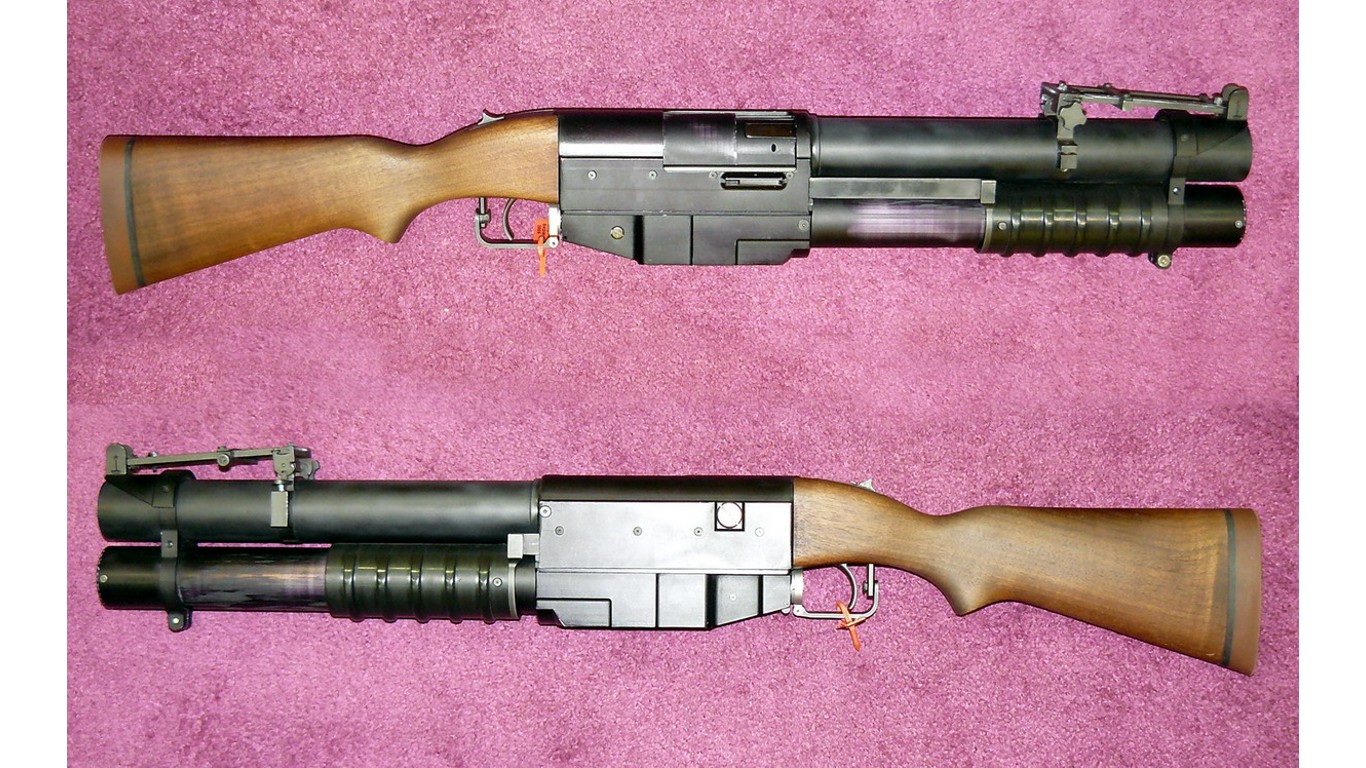
In the realm of military and defense technology, the development of new weapons systems has been a consistent focus of U.S. army designers. Whether it is the development of new aircraft or submarines, the U.S. is on the cutting-edge with the newest technology. Among these different areas are developments in small arms. (Here is the evolution of automatic rifles in the U.S. Army.)
To identify the experimental small arms designed for the U.S. military that were never widely adopted, 24/7 Wall St. reviewed Experimental Infantry Arms (X-Guns), cataloged by Military Factory, an online database of military vehicles, aircraft, and arms. We ranked these weapons according to when the prototype was first tested. Supplemental data on the type of weapon, maximum effective range, and the caliber used by each gun also came from Military Factory.
One of these experimental designs is the Barrett XM109 OSW, which expands on the Barrett M82/M107 anti-materiel rifle family, combining a sniper rifle with a grenade launcher and is chambered to fire 25x59mm smart grenades. While the body style and range of this weapon are akin to that of traditional sniper rifles, this weapon is designed to destroy whatever it hits. The smart grenade ammunition is also capable of featuring variable warhead loads for different combat scenarios. The XM109 was reportedly folded into a larger anti-materiel rifle program in 2006.
Over the course of the 1990s, the U.S. Army sought to replace its long-standing M16 series through the Objective Individual Combat Weapon program. One of the prototypes was the Heckler & Koch HK XM29, which was a combination assault rifle featuring an under-barrel grenade launcher. Trials of this weapon were underway in 1995, but it would not make the cut and would be canceled for good in 2004.
It is worth noting about this list that these prototypes and experimental weapons had mixed results in terms of implementation, sometimes inspiring a later, more successful model, and other times failing. However, each played a role in the development and evolution of small arms for the U.S. Armed Forces. One other noticeable feature of this list is that as time has gone on and technology has advanced, these weapons tend to gain longer ranges. (Also see, the guns in the U.S. Navy SEAL arsenal.)
Here is a look at the experimental small arms designed for the U.S. military.

17. Stoner 63 (Universal Combat Weapon)
> Type: Modular assault weapon
> Maximum effective range: 1,800 ft.
> Caliber: 5.56x45mm NATO
> First year of prototype trials: 1963
[in-text-ad]
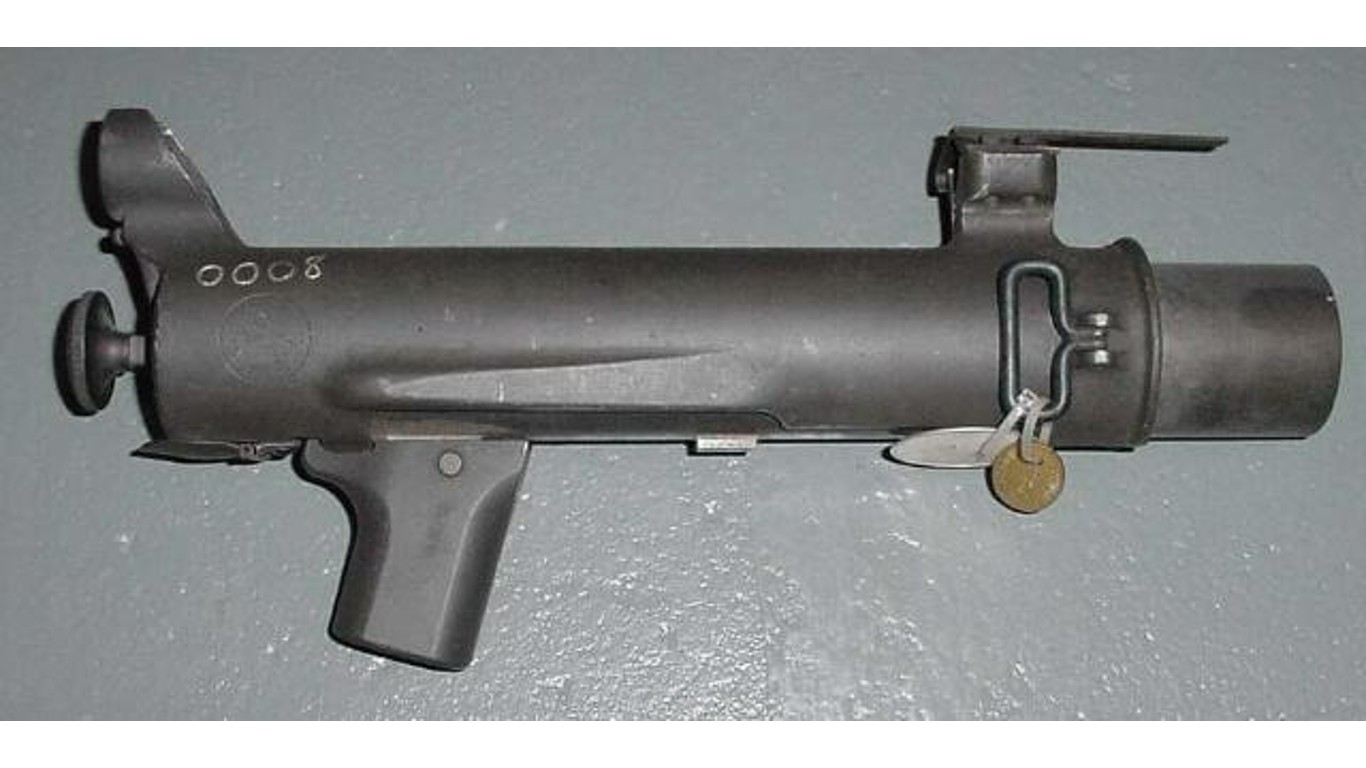
16. Colt XM148 UBGL
> Type: Under-barrel grenade launcher
> Maximum effective range: 800 ft.
> Caliber: 40x46mm
> First year of prototype trials: 1966

15. Aerojet XM174
> Type: 40mm automatic grenade launcher
> Maximum effective range: 1,150 ft.
> Caliber: 40x46mm
> First year of prototype trials: 1968
14. China Lake Grenade Launcher
> Type: 40mm pump-action grenade launcher
> Maximum effective range: 1,150 ft.
> Caliber: 40x46mm
> First year of prototype trials: 1968
[in-text-ad-2]

13. AAI Inline Machine Gun (IMG)
> Type: Multi-shot weapon system
> Maximum effective range: 3,280 ft.
> Caliber: 7.62x51mm NATO
> First year of prototype trials: 1970
12. Bushmaster Arm Pistol
> Type: Bullpup personal defense weapon
> Maximum effective range: 325 ft.
> Caliber: 5.56x45mm NATO
> First year of prototype trials: 1977
[in-text-ad]
11. Heckler & Koch HK CAWS
> Type: Select-fire automatic combat shotgun
> Maximum effective range: 500 ft.
> Caliber: 12-gauge
> First year of prototype trials: 1983
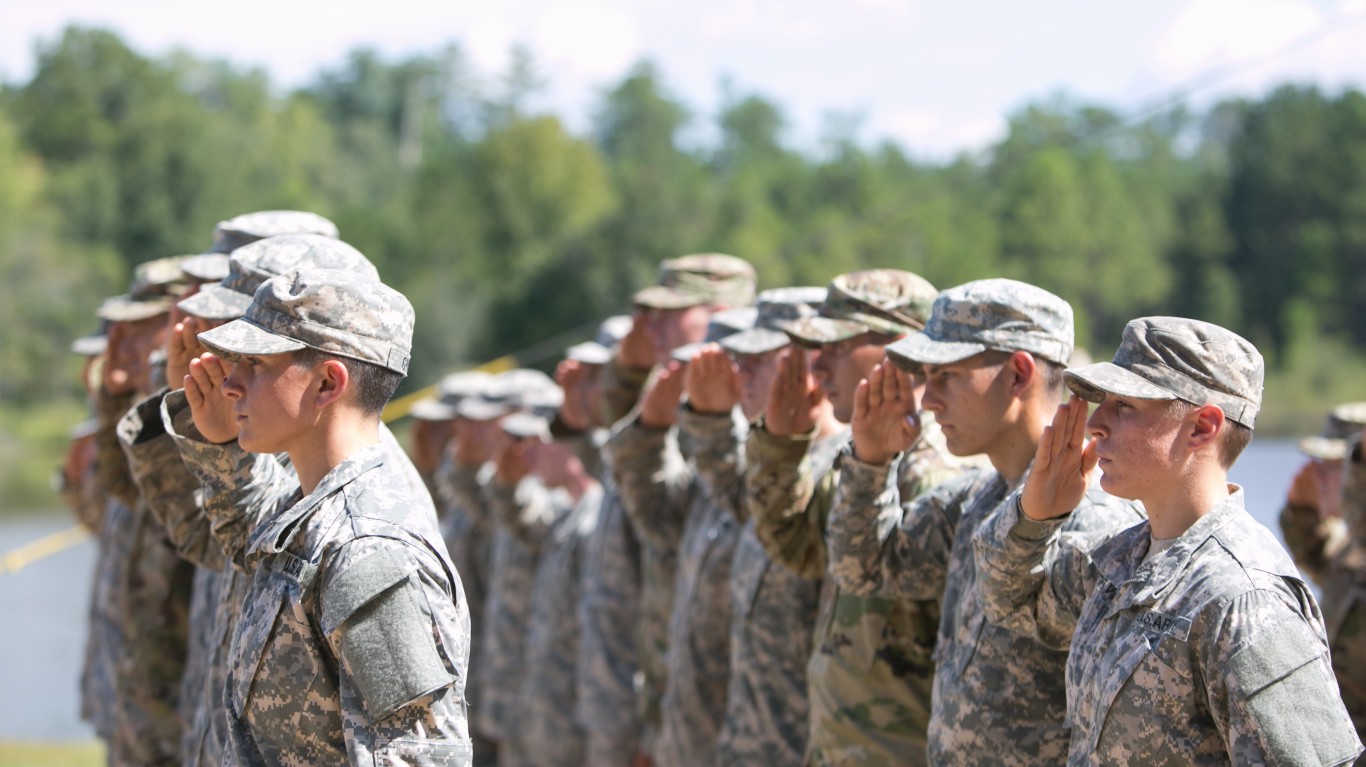
10. AAI CAWS (Close Assault Weapon System)
> Type: Assault shotgun
> Maximum effective range: 500 ft.
> Caliber: 12-gauge
> First year of prototype trials: 1985
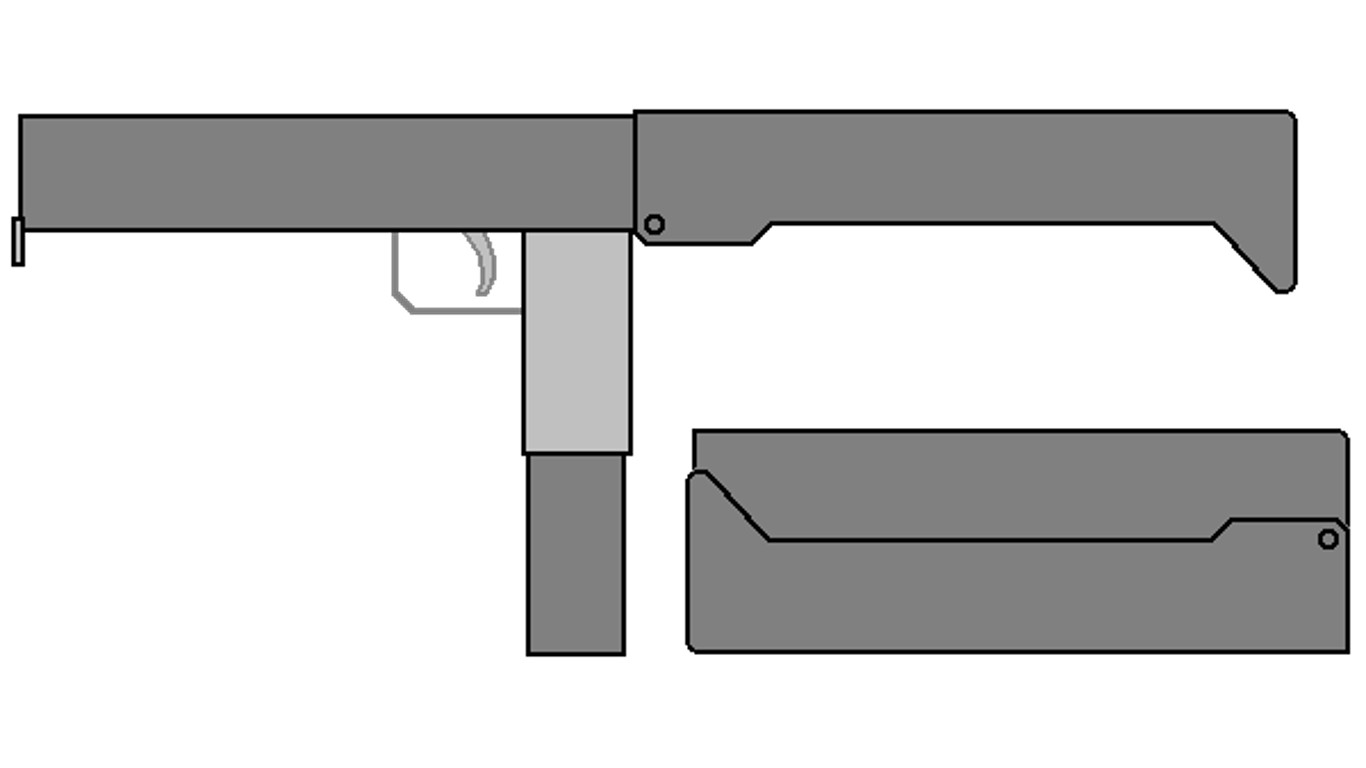
9. Ares Defense FMG (Folding Machine Gun)
> Type: Compact submachine gun
> Maximum effective range: 250 ft.
> Caliber: 9x19mm Parabellum
> First year of prototype trials: 1986
[in-text-ad-2]

8. Pancor Jackhammer
> Type: Automatic shotgun
> Maximum effective range: 500 ft.
> Caliber: 12-gauge
> First year of prototype trials: 1987
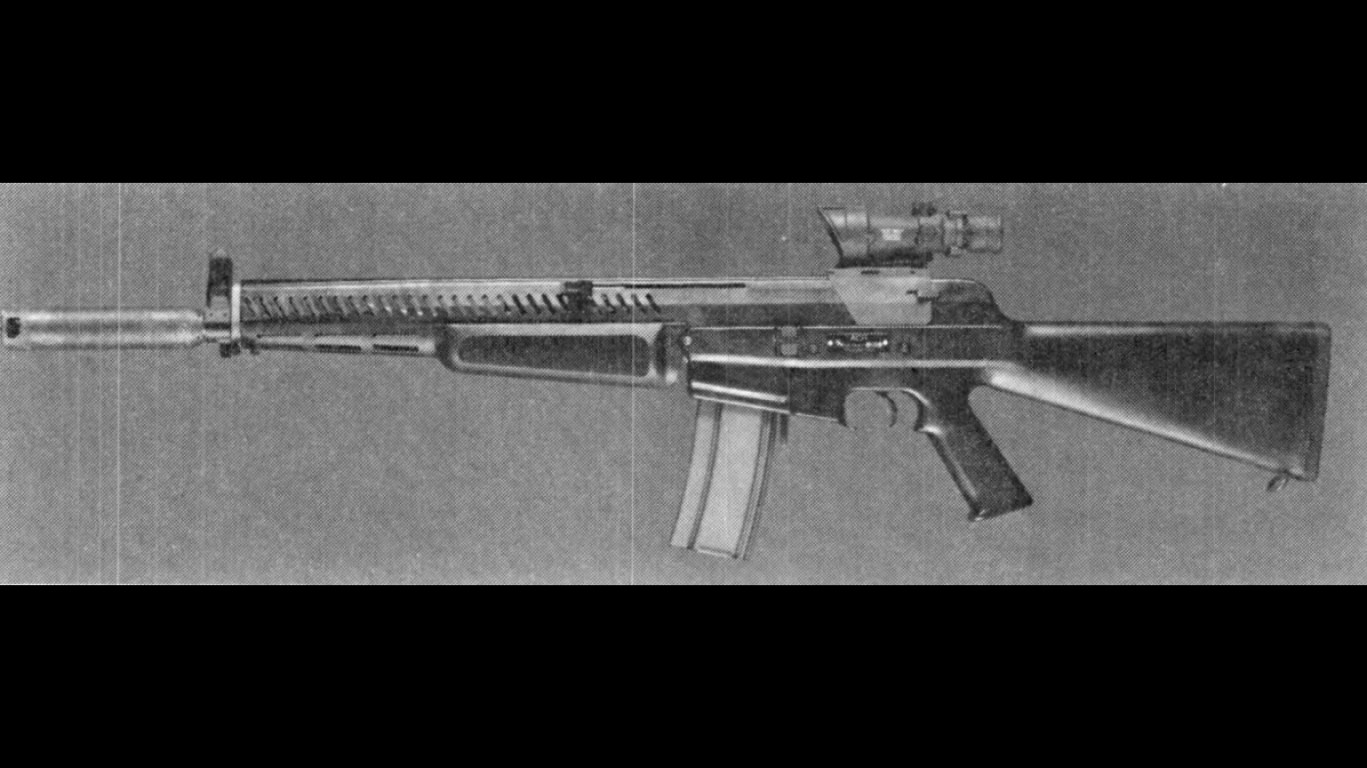
7. AAI ACR (Advanced Combat Rifle)
> Type: Assault weapon
> Maximum effective range: 2,000 ft.
> Caliber: 5.56x45mm Flechette
> First year of prototype trials: 1989
[in-text-ad]
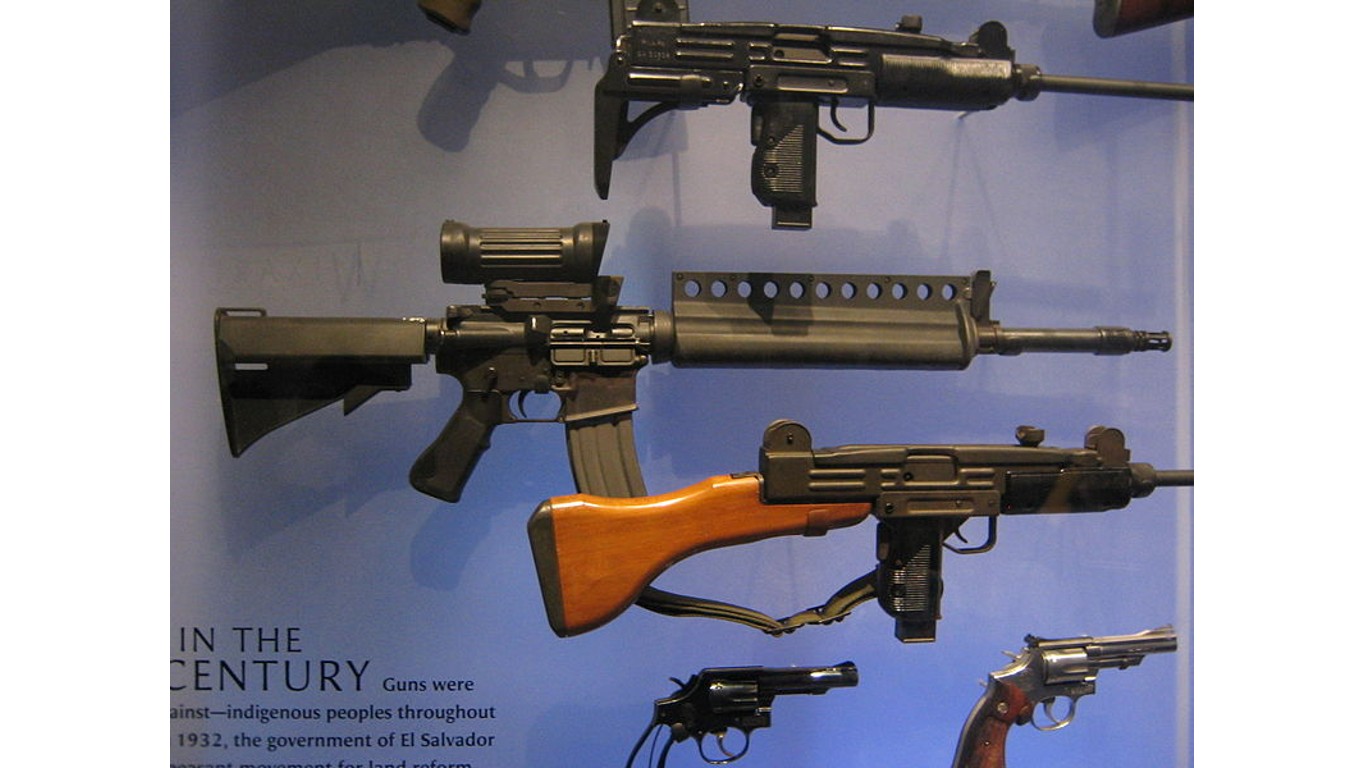
6. Colt ACR (Advanced Combat Rifle)
> Type: Assault weapon
> Maximum effective range: 1,800 ft.
> Caliber: 5.56x45mm NATO
> First year of prototype trials: 1989
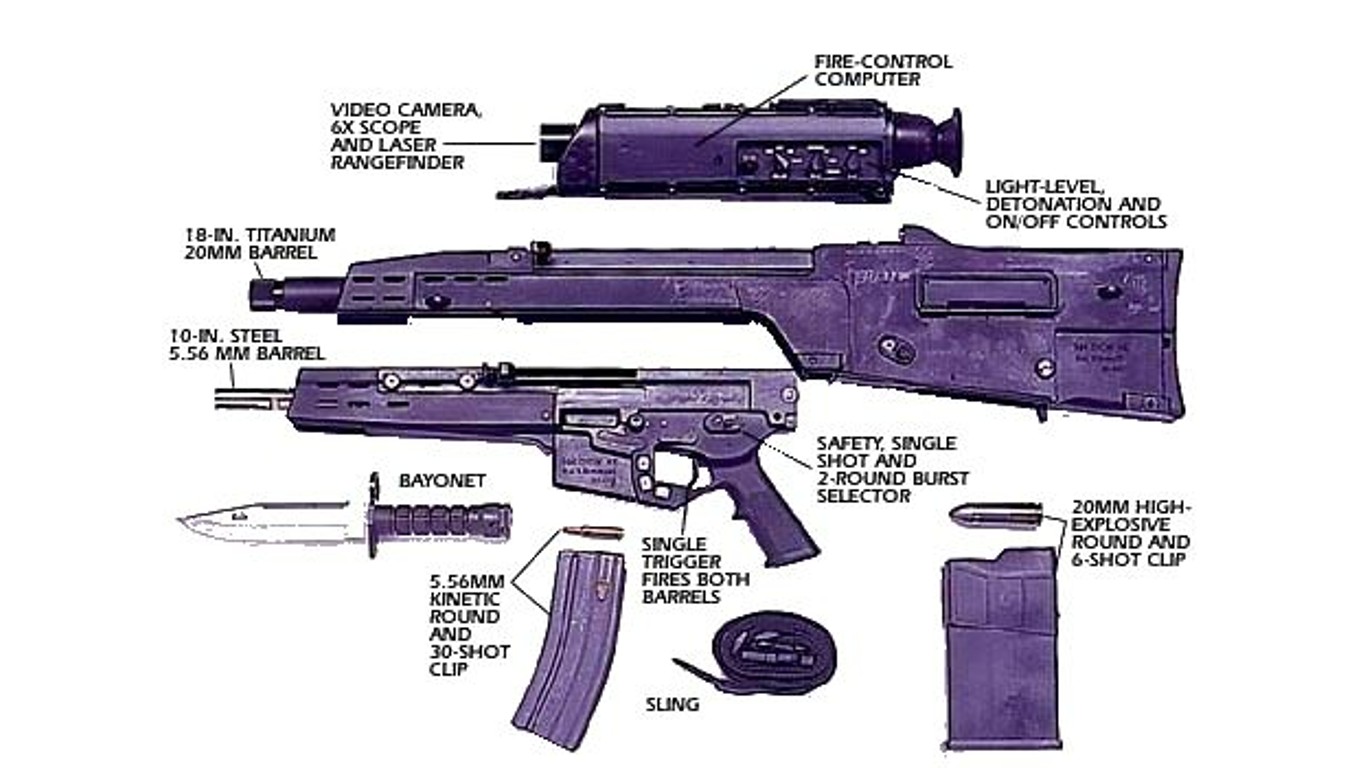
5. Heckler & Koch HK XM29 OICW
> Type: Combination assault rifle
> Maximum effective range: 3,280 ft.
> Caliber: 5.56x45mm / 20x85mm
> First year of prototype trials: 1995

4. General Dynamics XM307 (ACSW) Advanced Crew-Served Weapon
> Type: Automatic grenade launcher
> Maximum effective range: 6,560 ft.
> Caliber: 25x39mm
> First year of prototype trials: 2004
[in-text-ad-2]
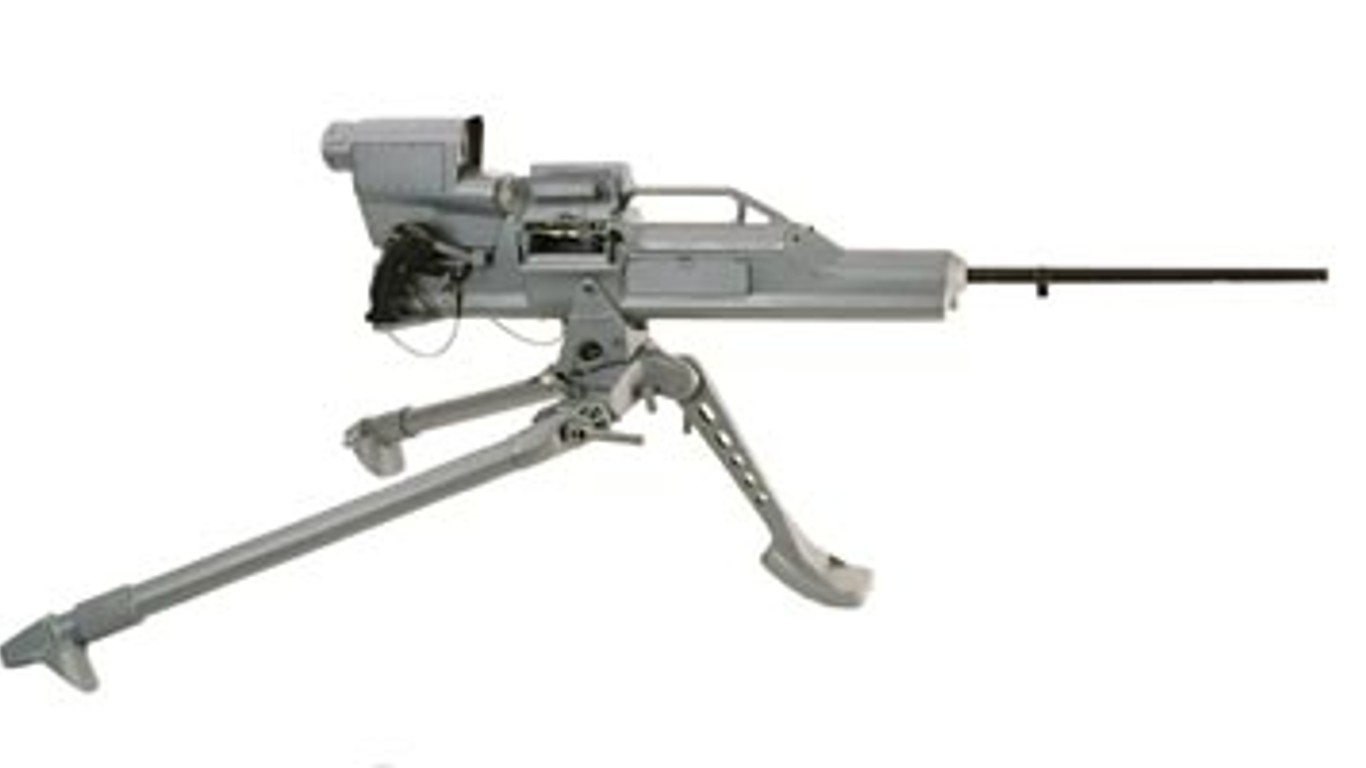
3. General Dynamics XM312
> Type: Heavy machine gun
> Maximum effective range: 6,560 ft.
> Caliber: .50 BMG
> First year of prototype trials: 2004

2. General Dynamics XM806 (LW50MG)
> Type: Heavy machine gun
> Maximum effective range: 6,560 ft.
> Caliber: .50 BMG
> First year of prototype trials: 2009
[in-text-ad]
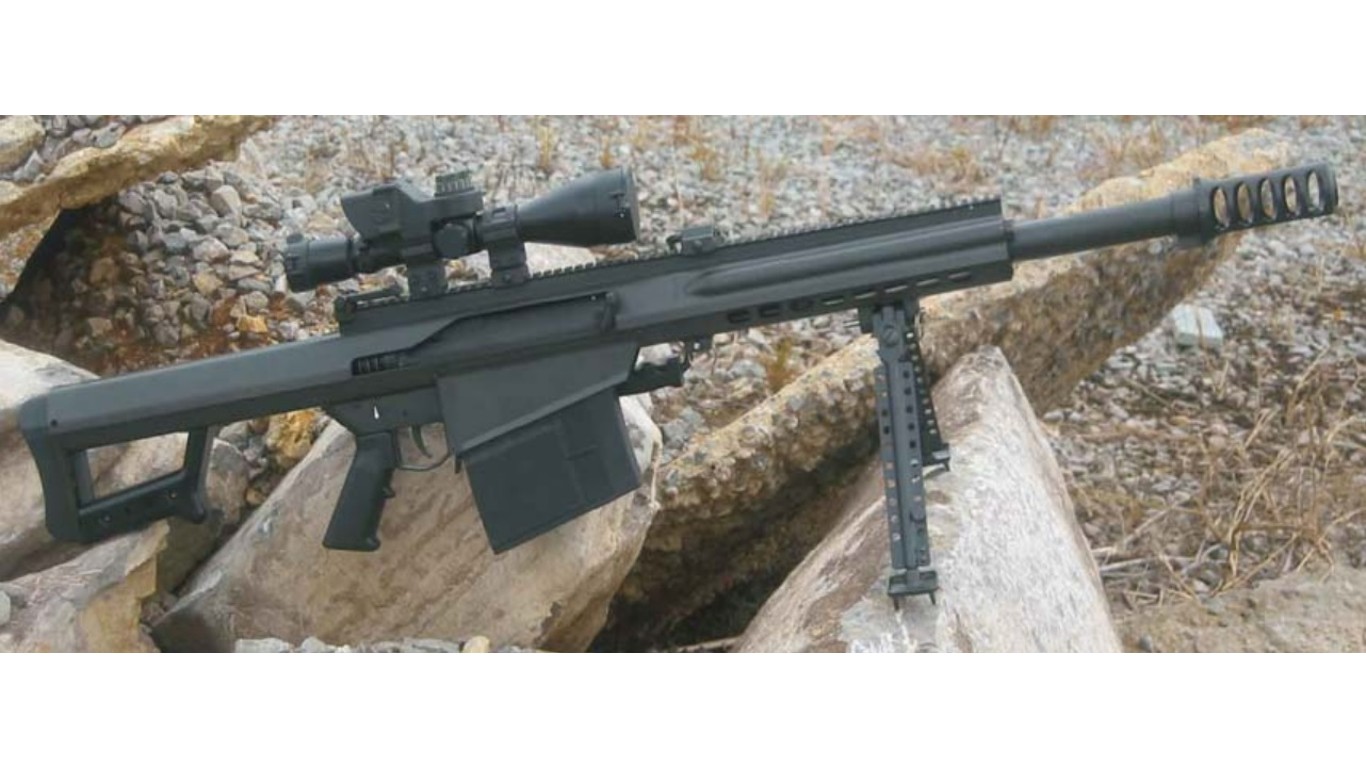
1. Barrett XM109 OSW (Objective Sniper Weapon)
> Type: Anti-material grenade launcher / rifle system
> Maximum effective range: 6,335 ft.
> Caliber: 25x59mm
> First year of prototype trials: 2014
The Average American Has No Idea How Much Money You Can Make Today (Sponsor)
The last few years made people forget how much banks and CD’s can pay. Meanwhile, interest rates have spiked and many can afford to pay you much more, but most are keeping yields low and hoping you won’t notice.
But there is good news. To win qualified customers, some accounts are paying almost 10x the national average! That’s an incredible way to keep your money safe and earn more at the same time. Our top pick for high yield savings accounts includes other benefits as well. You can earn up to 3.80% with a Checking & Savings Account today Sign up and get up to $300 with direct deposit. No account fees. FDIC Insured.
Click here to see how much more you could be earning on your savings today. It takes just a few minutes to open an account to make your money work for you.
Our top pick for high yield savings accounts includes other benefits as well. You can earn up to 4.00% with a Checking & Savings Account from Sofi. Sign up and get up to $300 with direct deposit. No account fees. FDIC Insured.
Thank you for reading! Have some feedback for us?
Contact the 24/7 Wall St. editorial team.
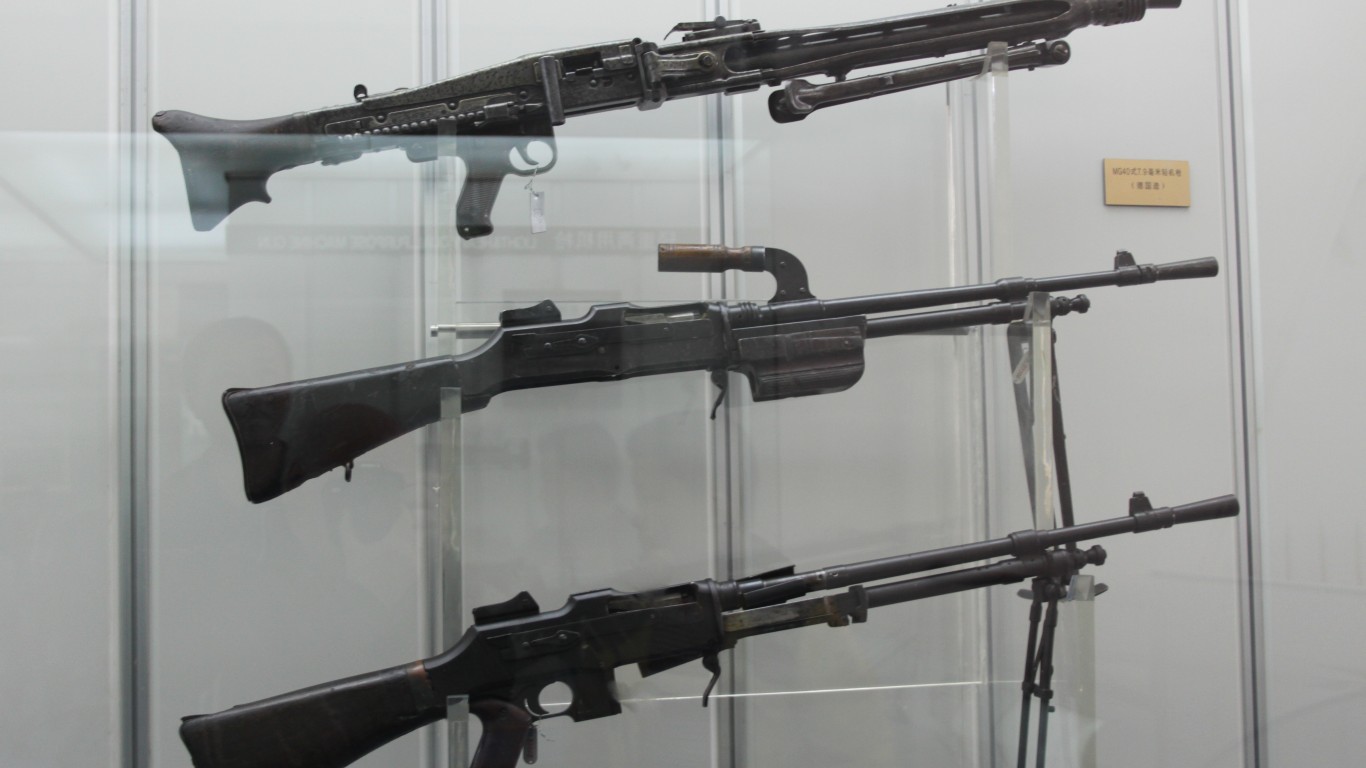 24/7 Wall St.
24/7 Wall St.
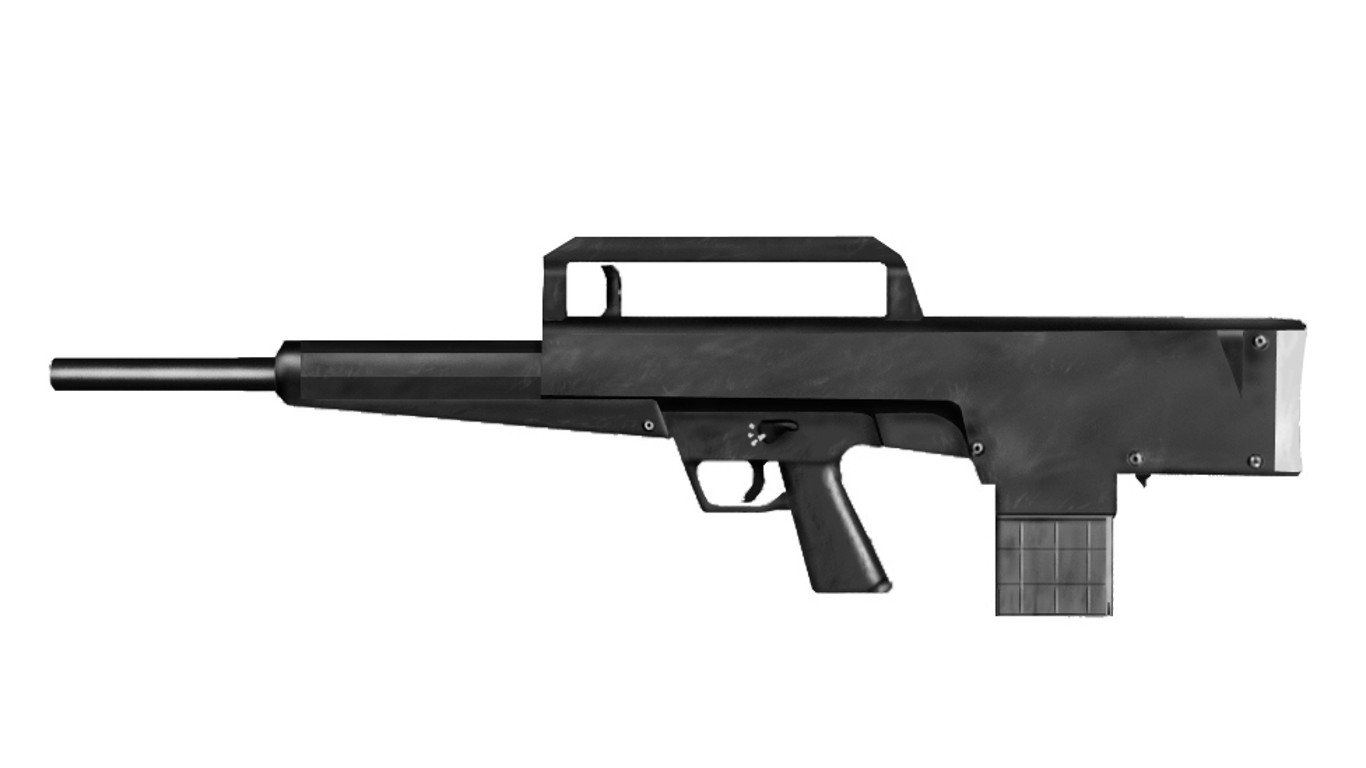
 24/7 Wall St.
24/7 Wall St. 24/7 Wall St.
24/7 Wall St.
